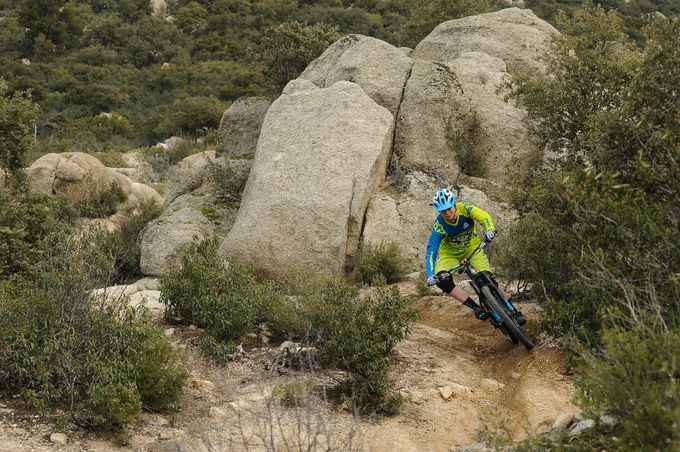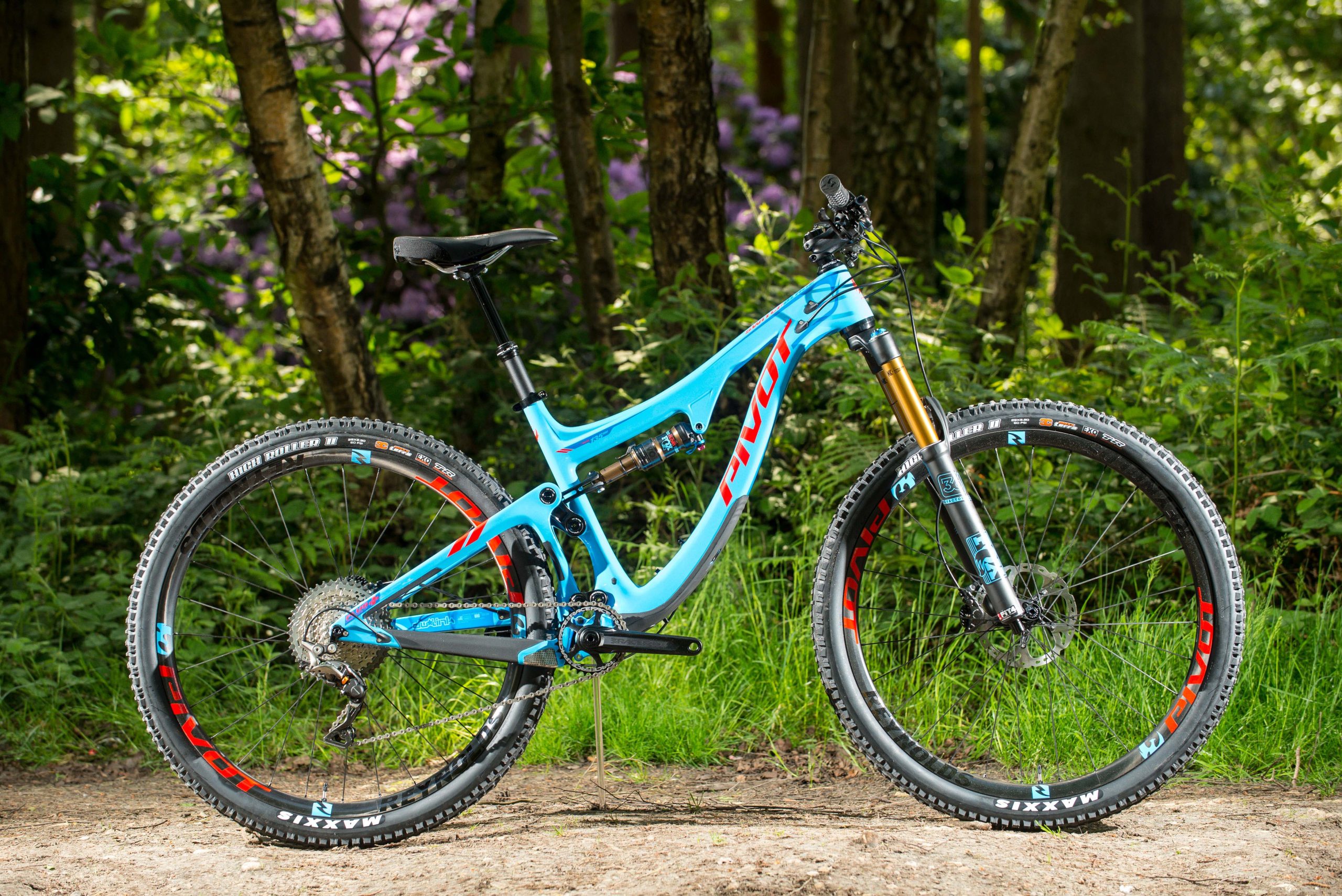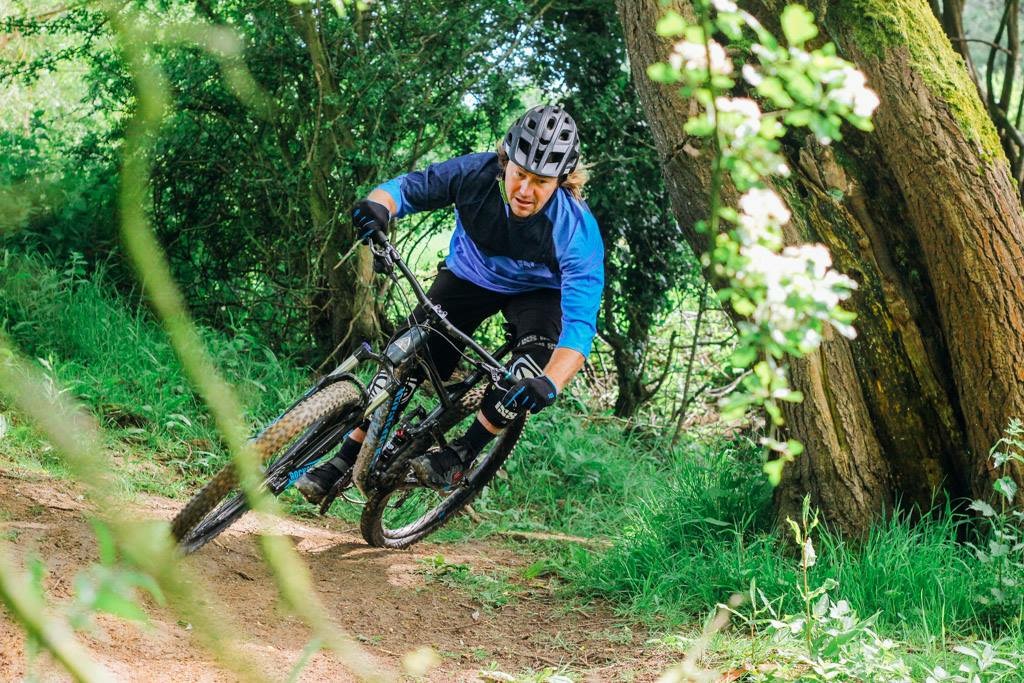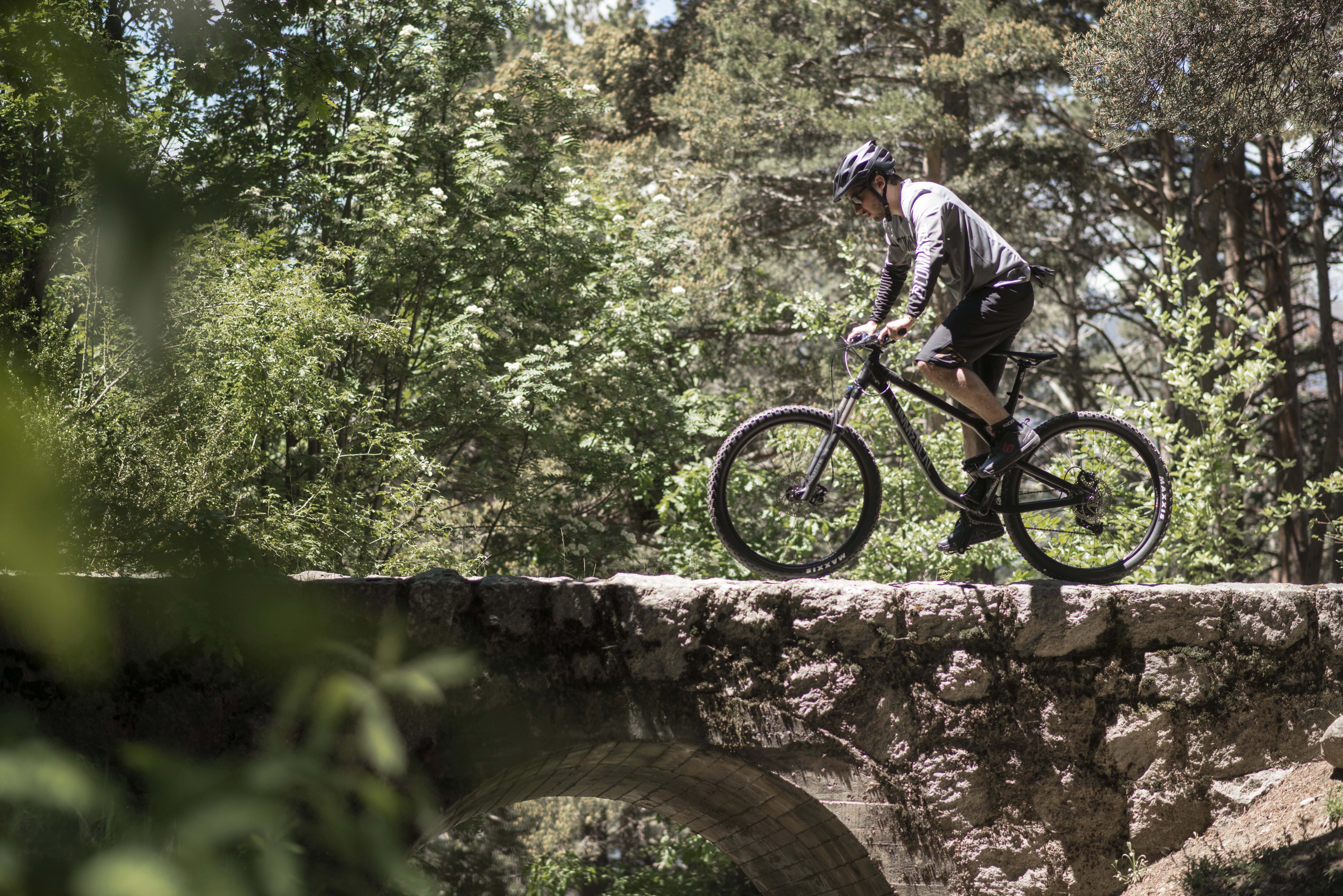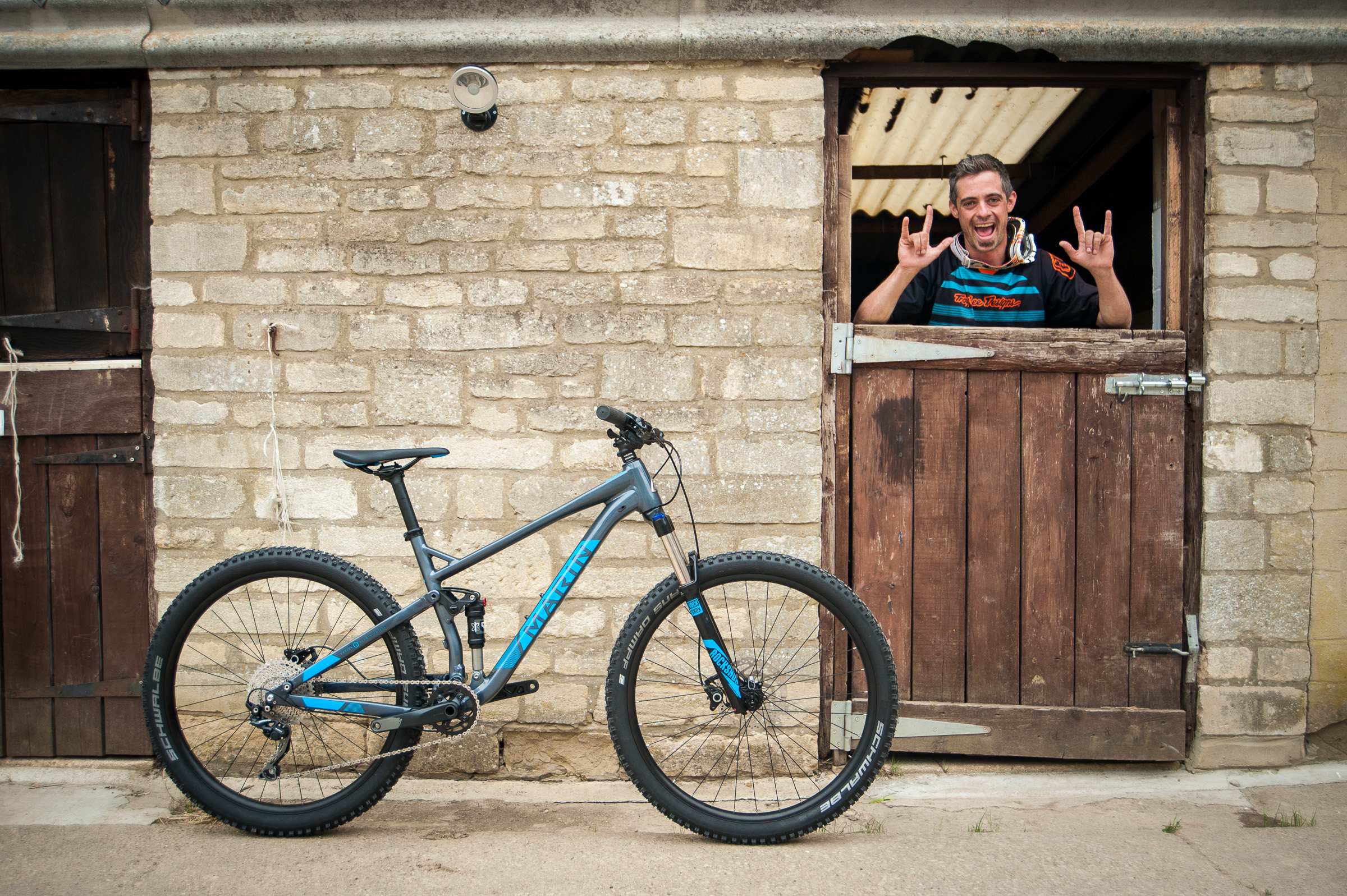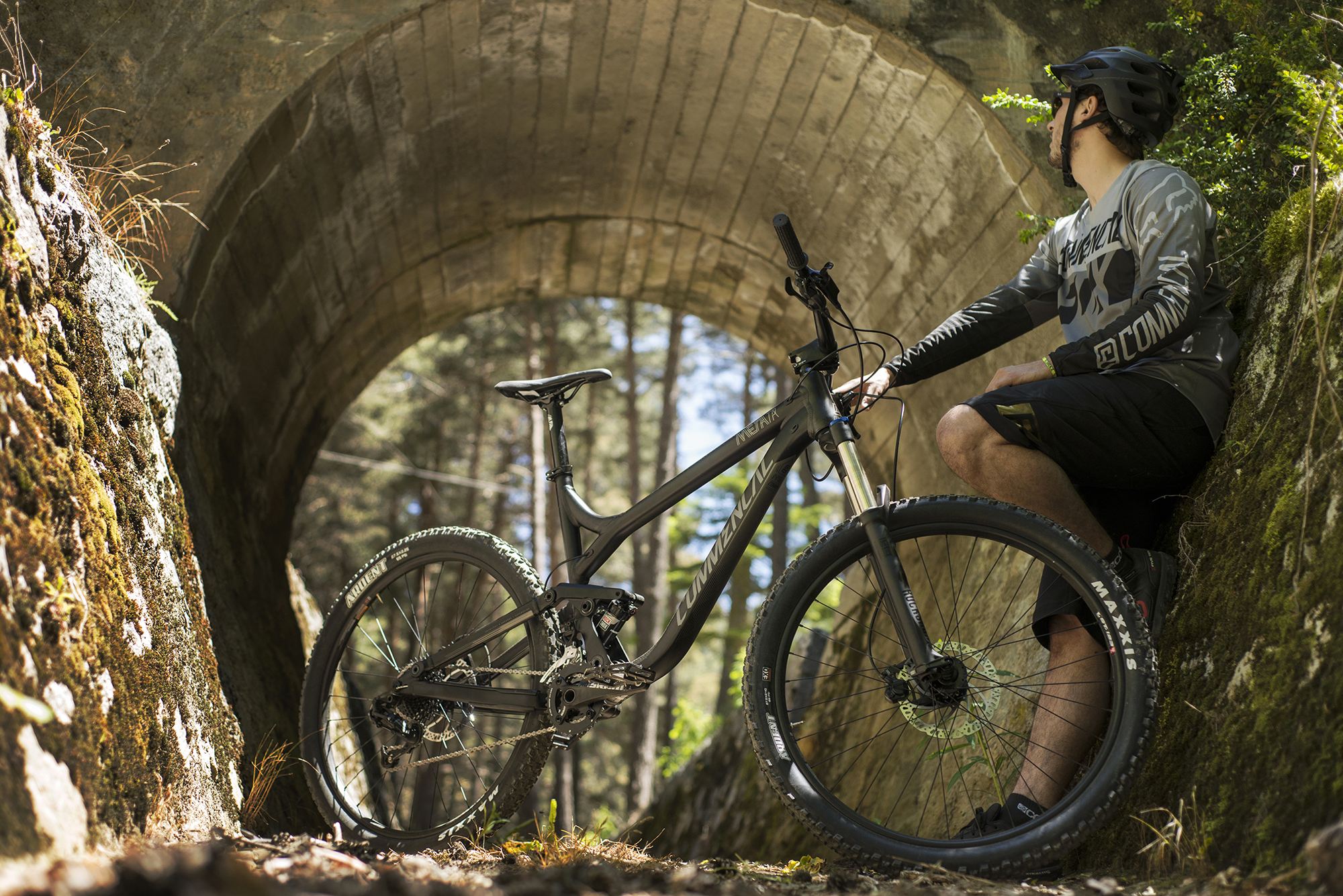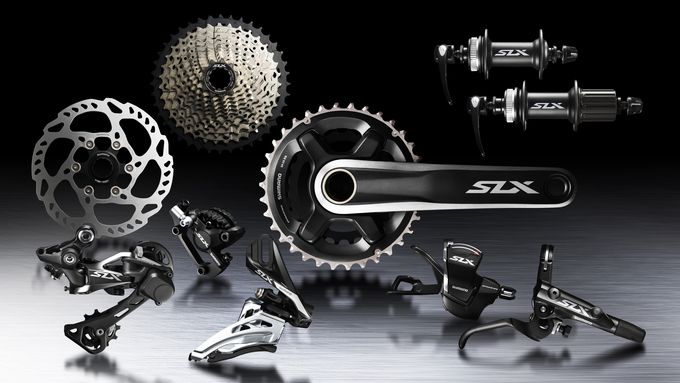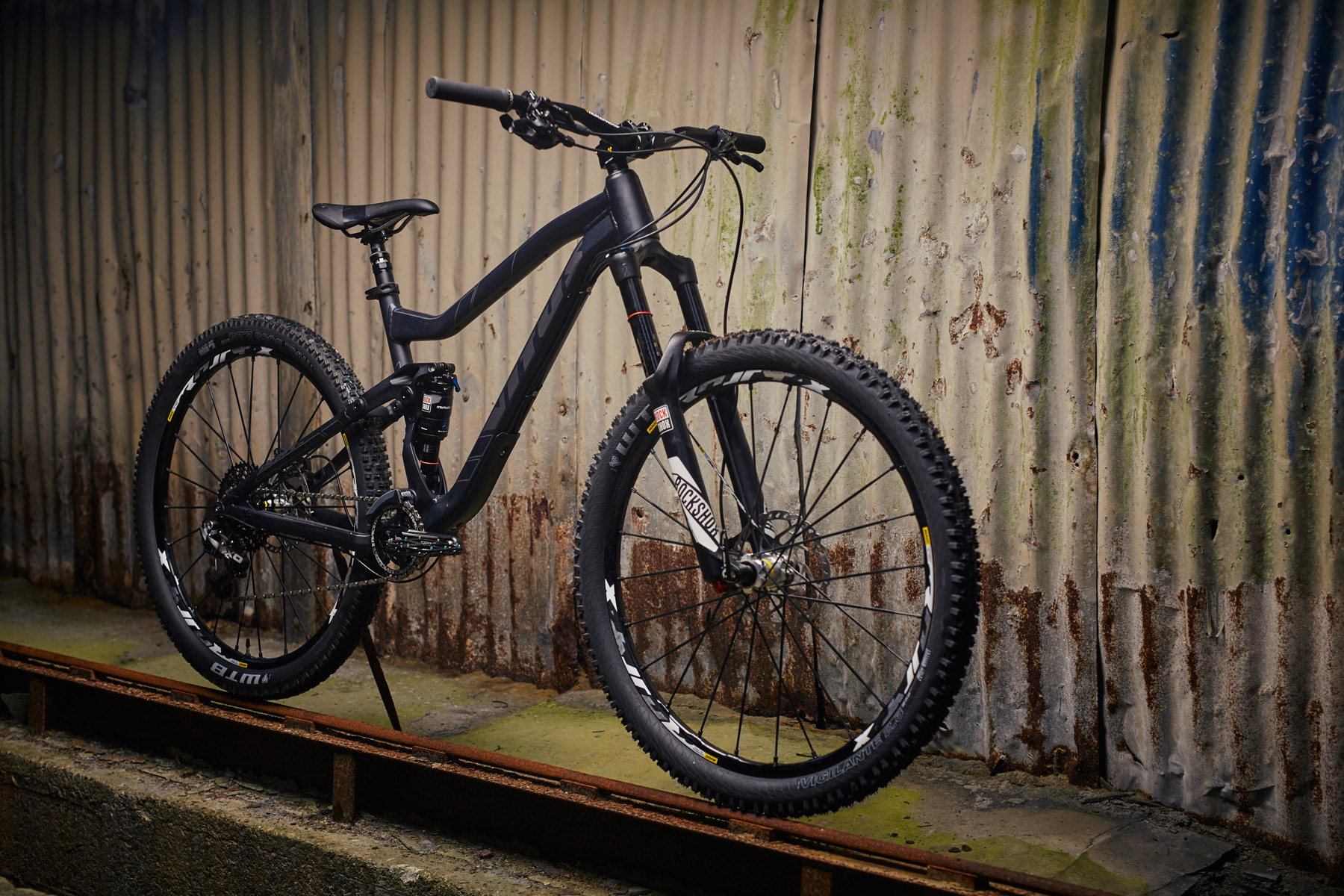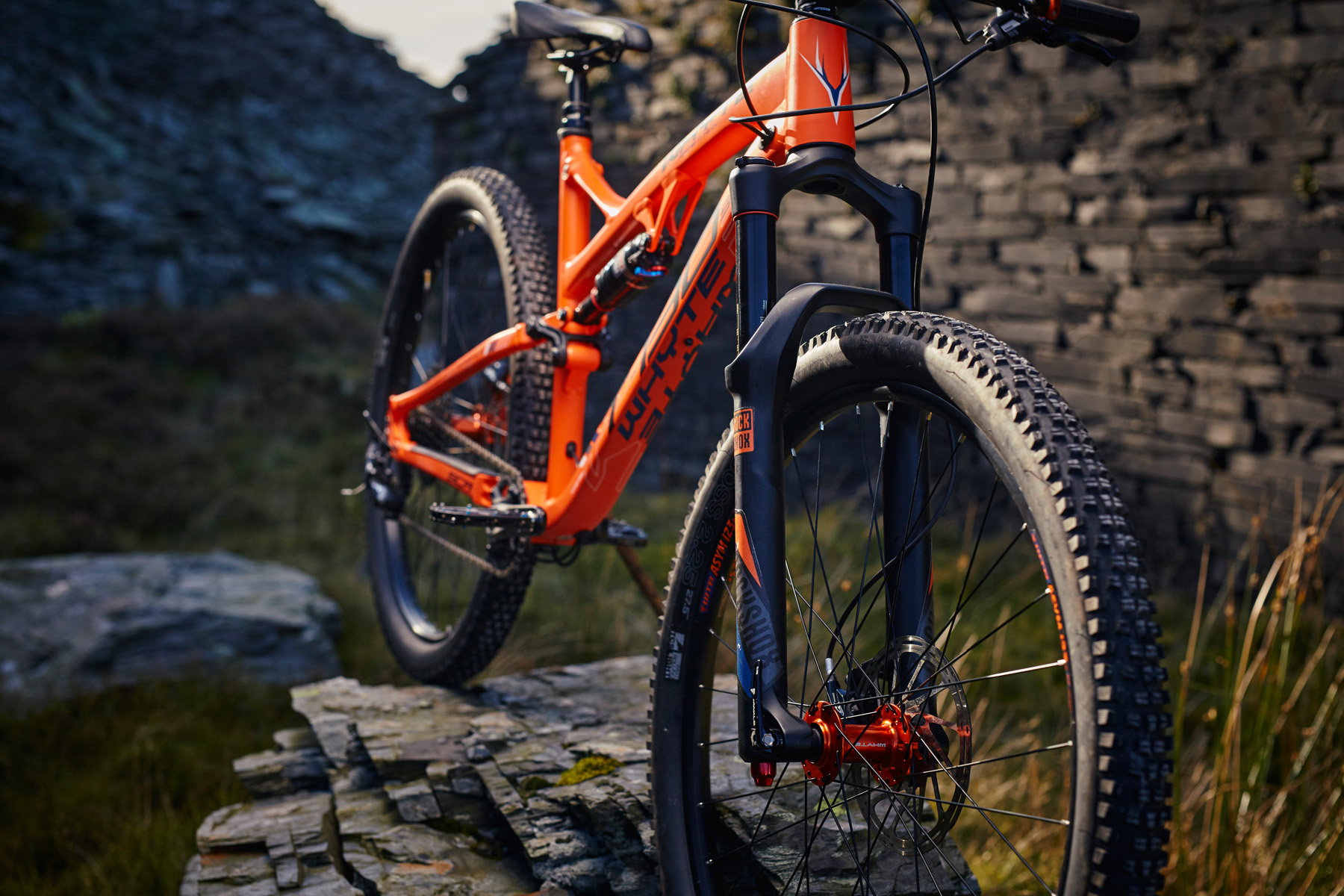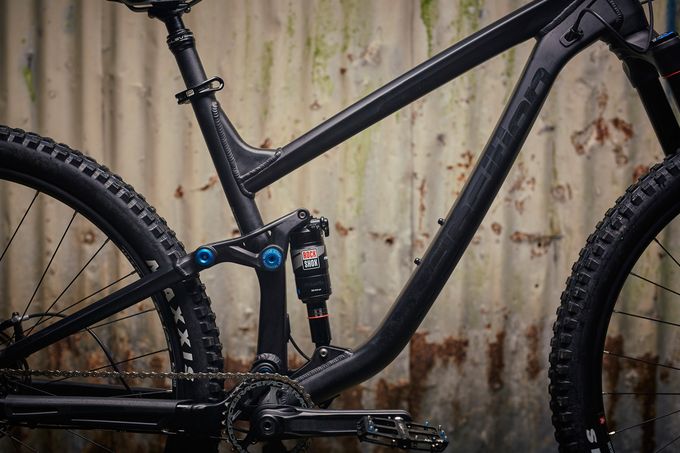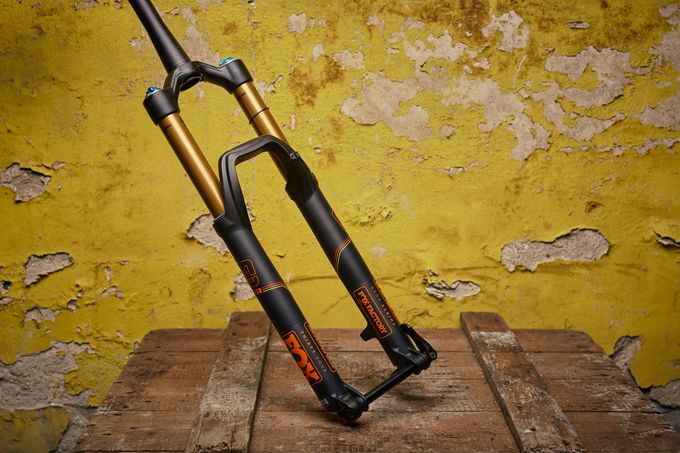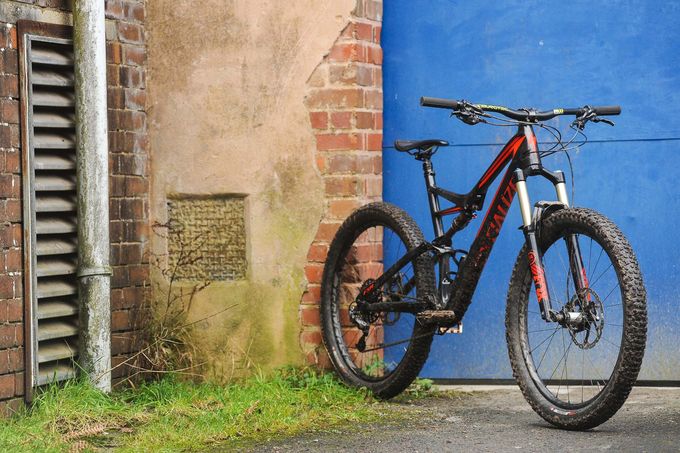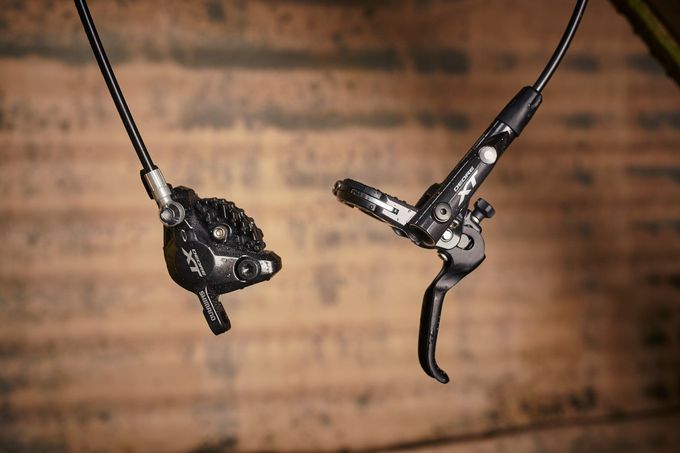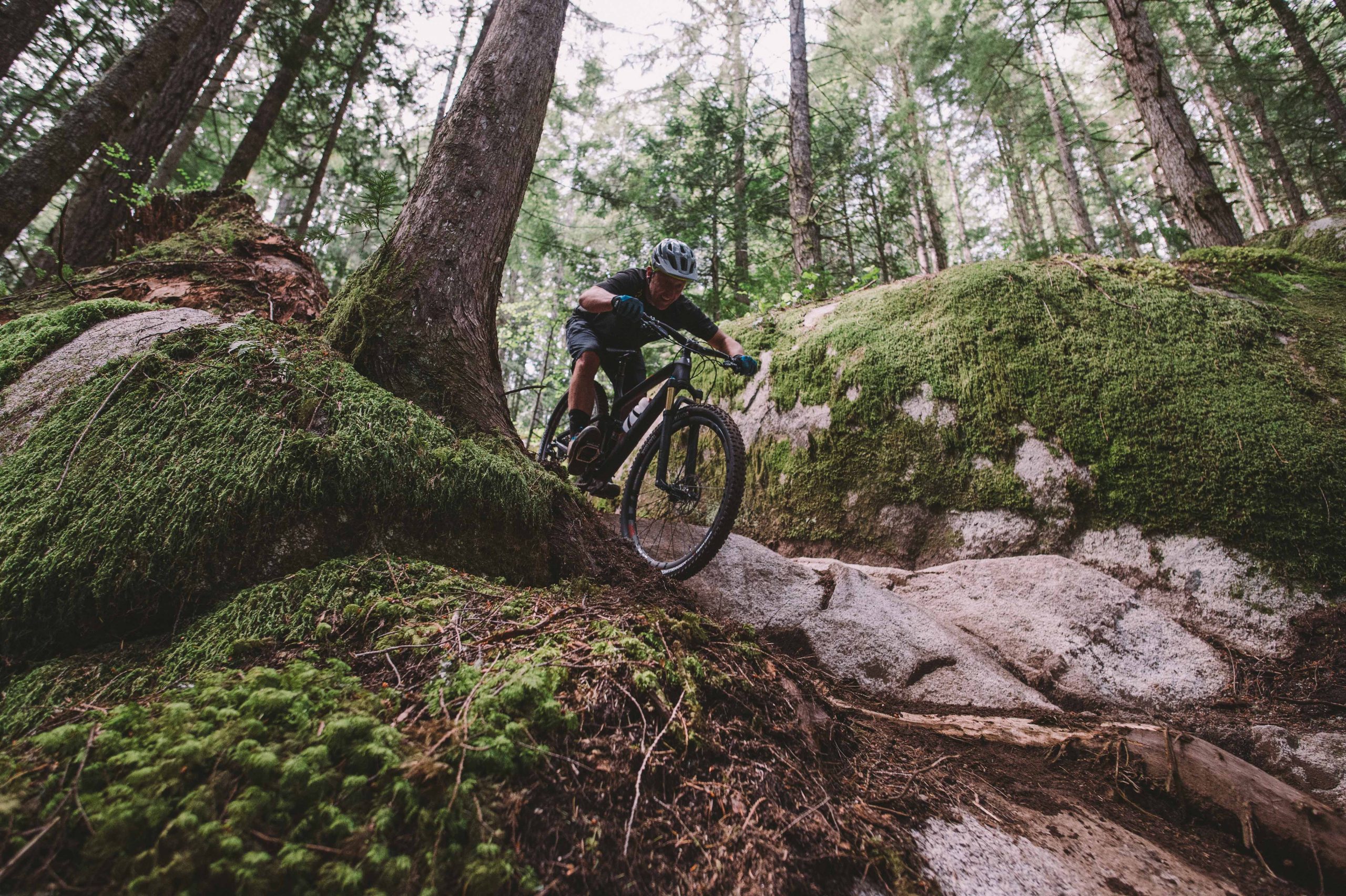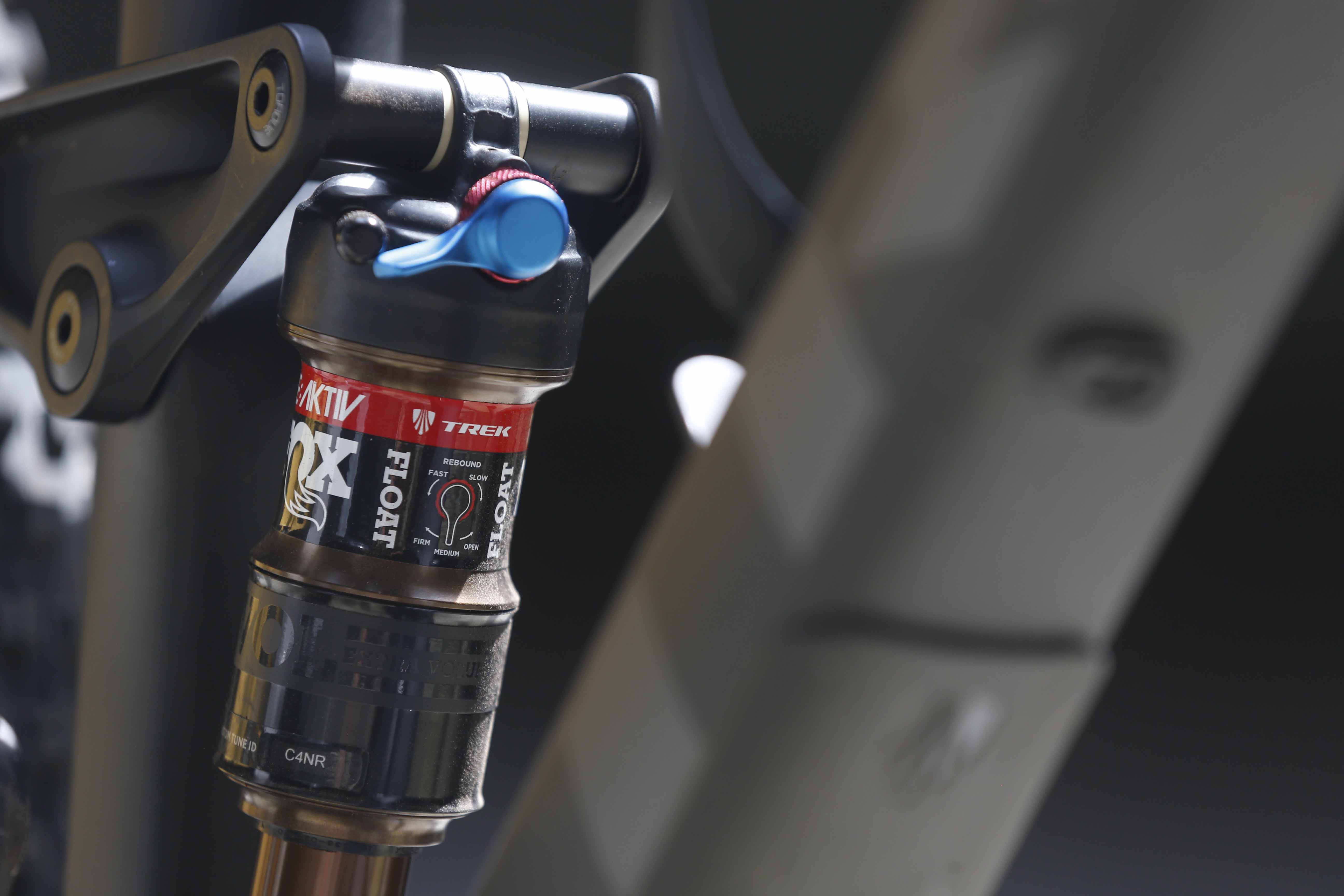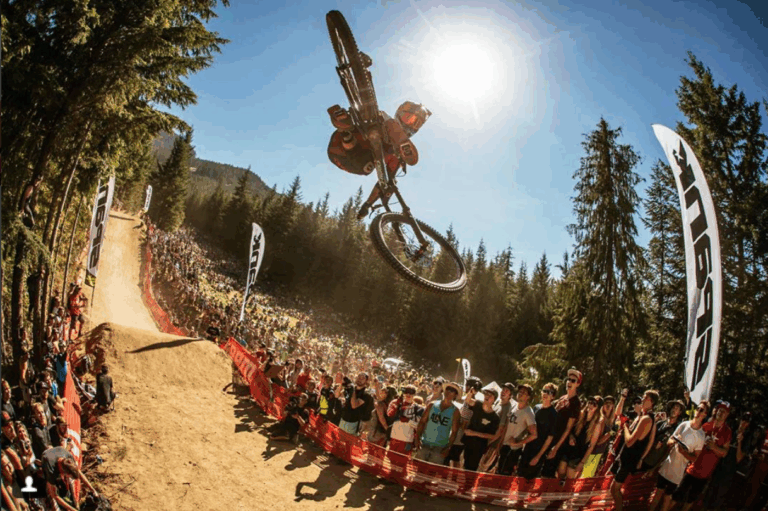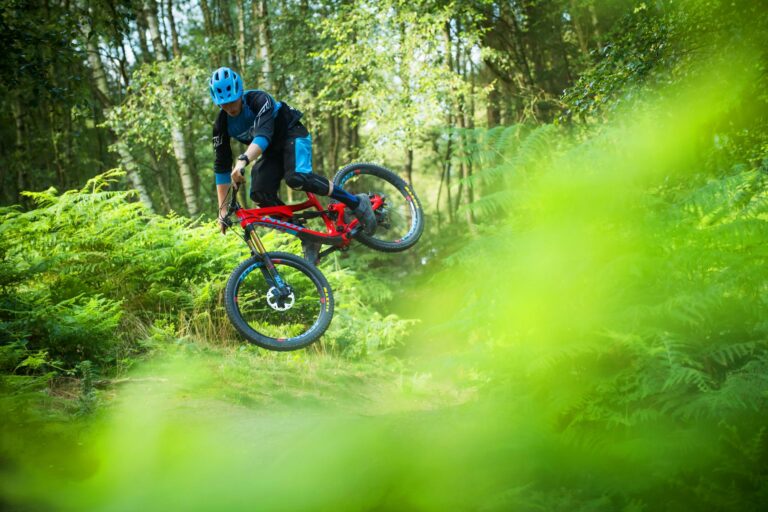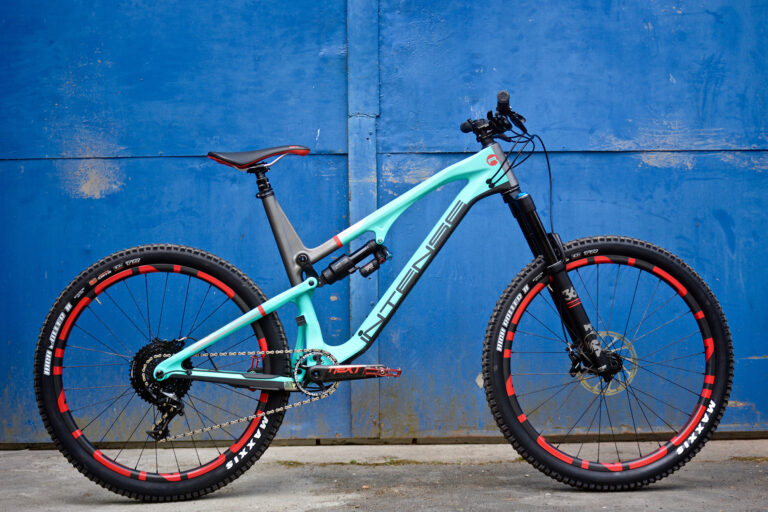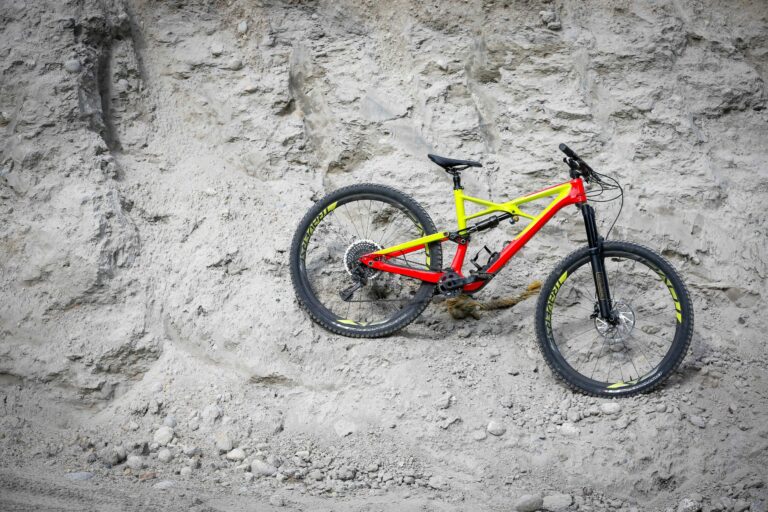If money is no object for your trail bike, then you really can pick up something special. A lot of marketing blurbs state that a bike can “climb like an XC bike and descend like a downhill bike” but it’s not until you put down a significant chunk of money that you really do get close to it. Really £2,500 is the lowest end of this price category and, with the newly released Trek Fuel EX 9.9 29 costing £6,000, you can spend an awful lot of money on one of these machines. It’s a game of marginal gains though so don’t expect big leaps in performance as you go up the pricing scale.
Super-lightweight, amazingly specced and the envy of anyone you pass this bike will surely be a head turner, here’s the very best kit you can get on a trail bike.
Frame
With money no object bikes you can expect a fully carbon fibre frame. This will be a lot lighter than an aluminium frame (for example the Yeti SB 4.5 C weighs a paltry 5.4lbs (2.45kgs)) and stiffer to boot.
The frames at this level come with a whole host of abbreviations and technologies that will be different from brand to brand. Try and cut through the nonsense as much as possible and look for internal cable routing, trail specific geometry and Boost spacing (if it’s a 29er)
The frames may well have a fancy linkage system or even extra pistons to help aid the suspension action such as Yeti’s Switch Infinity. As alluring as these will seem, bear in mind it will be another thing to maintain as the bike goes through its life cycle.
Suspension
You’re going to want the very best suspension to go with your top of the range bike – that means light weight, well damped and highly tuneable. With money no object, here’s what we think you should be getting.
Forks
The best trail forks should weigh less than two kilograms while still being able to handle the burliest trails and– even if it may not have to handle as much stress as an endure fork.
It’s really a toss up between a Pike and a Fox 34 here. If you go for the Pike make sure it’s the RCT 3 version as this gives a greater range of adjustability. With the 34 you should be looking at the Factory version.

This is also the price point when chichi brands enter the fray as well. Bos, DVO and DT Swiss all offer boutique trail forks but, as we’ve not put as much time into them, we’d be cautious recommending them over and above our favourites.
Shocks
The trail shock market is in a bit of flux at the moment as we await the arrival of metric shocks. Leading the charge on the new standard is RockShox with the new Deluxe that comes in three models – of which the RT3 is the top model.
If you’re buying today then the bike will probably come with a Monarch RT3, a Fox Float DPS or a Cane Creek DB Inline. The Monarch and Float are fairly indistinguishable in terms of raw performance. The Inline offers the greatest range of tuning but Cane Creek have suffered reliability issues in the past.

Wheels
For this money you’re back to 27.5 or 29 wheels – plus bikes are being pushed more at beginner and intermediate riders by the industry so there are largely left alone when serious money goes down.
You should be looking for carbon rims as they’re lighter and stiffer meaning they should be sprightly on the climbs and easy to place when you get up to speed.
The rest
It will almost certainly be a 1x drivetrain at this price, the frame probably won’t even have room for a front derailleur. You’ll be looking at XTR or XX1 level kit with carbon parts to keep the weight down. Expect an 11 speed cassette from Shimano or SRAM, if you’re really looking to spend then the 12 speed Eagle gives even more range to a trail bike.
You’ll probably be moving to carbon cranks at this price point too. These are stiffer and mean less energy is lost when you initiate a pedal stroke.

The brakes on a top trail bike would not be out of place on an enduro bike with four piston callipers providing immense power, although they’ll probably be paired with 180mm (not 203mm) rotors. We love SRAM Guide Ultimates that are super light, powerful and come with a carbon lever.
You will have the option to deck your cockpit out in carbon goodies too but with a carbon frame, a boutique fork and carbon wheels you’re looking at a lot of stiffness, you may want to look for parts with a bit of flex somewhere to save your body a bit of a beating. The Renthal Fatbar Carbon is a reassuring, no compromise option steeped in British pedigree.
You’ll want to top it off with a dropper post. Preferably one that’s internally routed simply because it looks neater and protects the mechanism from the elements.
